Towards Freedom: Documents on the Movement for Independence in India 1947, Part II
The Towards Freedom series is an endeavour to document the years leading to Independence. It goes beyond the overtly political activities of the time and the notion of Independence as 'transfer of power'. The volumes of this series underscore the fact that the struggle for Independence was not just about attaining freedom from a colonial power-it also comprised efforts to seek social justice, economic empowerment, and cultural autonomy. With meticulously selected historical material from 1937 to 1947, the volumes bring to the fore the activities, attitudes, and ideas of diverse sections of Indian society.
The 1947 volume, published in three parts, covers the major socio-political processes of that fateful year. The first part highlights the main political events that took place in the three-way conflict between imperialist, nationalist, and communal forces. The story continues in the second part, which takes up the partition award and the actual process of partition, the settlement of boundaries, the rehabilitation of refugees, and the developments in the princely states. The third part brings to the fore themes such as the future of the Congress, peasants' and workers' struggles, caste, minorities, language and literature, the position of women, the economic consequences of partition, foreign relations, and the celebrations of 15th August.
In this part, the second in the 1947 volume, the story of India's independence and partition unfurls through documents ranging from newspapers, private papers, and letters, to speeches, maps, cartoons, and colonial archives. The documents relate to the Constituent Assembly, the partition award, partition in Bengal and Punjab, the referendum in the Northwest Frontier Provinces and Sylhet, and the princely states, as also those on the Interim Government and the India Independence Bill. This part also highlights the problem of communalism which became so pronounced in several regions of India during this period that even the parties which stood for unity, such as the Congress, had little option but to accept partition.
Contents: Preface. Introduction. Section III: 3 June 1947 to 15 August 1947: 25. Constituent Assembly. 26. Partition Award and After. 27. Interim Government. 28. Indian Independence Bill. 29. Boundary Commissions. 30. Governor-General(s) for the Dominions. 31. Partition of Punjab. 32. Partition of Bengal. 33. Referendum in NWFP and Sylhet. 34. Contending with Communalism. 35. Communalism: Provinces. 36. Minority Groups and Displaced Populations. 37. Volunteer Organizations. Section IV: Princely States: 1 January 1947 to 15 August 1947: 38. Princely States, Constituent Assembly and Accession. 39. All India States People’s Conference and All India States Muslim League. 40. North Indian States. 41. South Indian States. 42. Western Indian States. 43. Central Indian States. 44. Eastern Indian States. Index.
Get it now and save 10%
BECOME A MEMBER
-
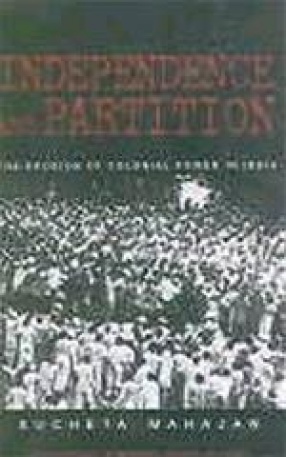
Independence and Partition
-
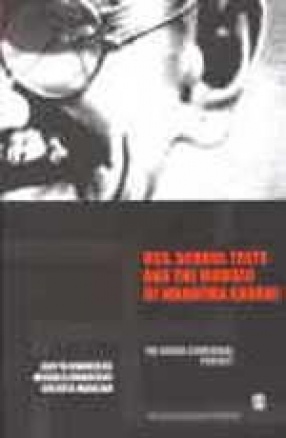
RSS, School Texts and the Murder of Mahatma Gandhi: The Hindu Communal Project
-
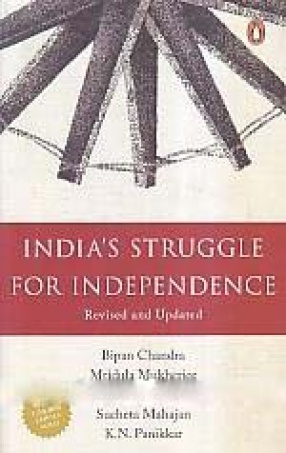
India's Struggle for Independence
-
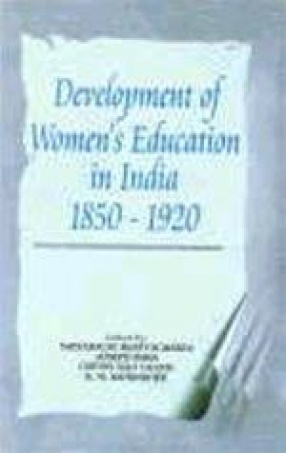
The Development of Women’s Education in India: A Collection of Documents 1850-1920
-
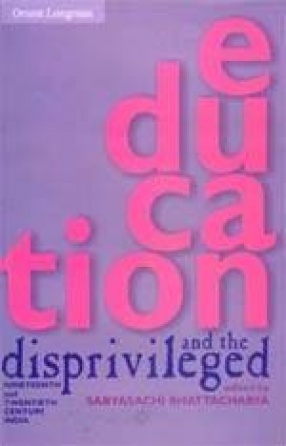
Education and the Disprivileged: Nineteenth and Twentieth Century India
-
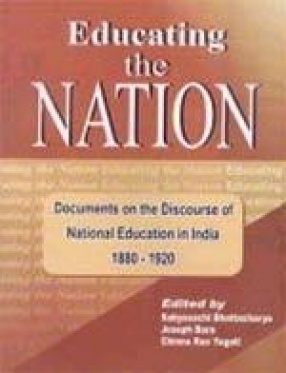
Educating the Nation
-
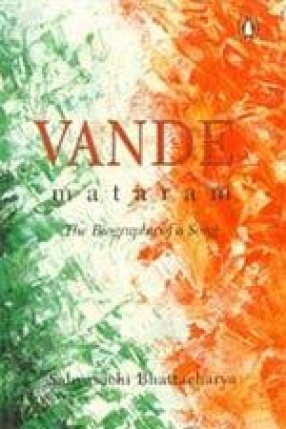
Vande Mataram: The Biography of a Song

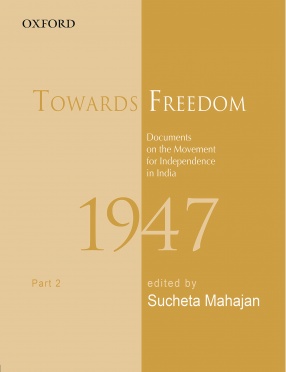

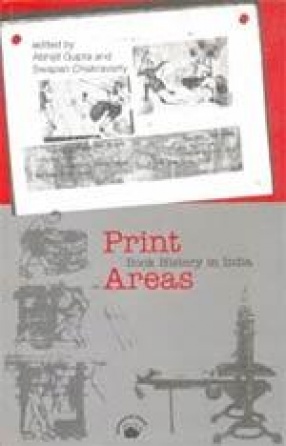
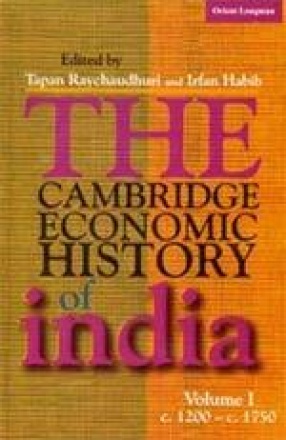
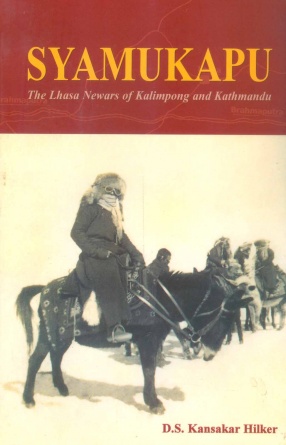

Bibliographic information
Sabyasachi Bhattacharya